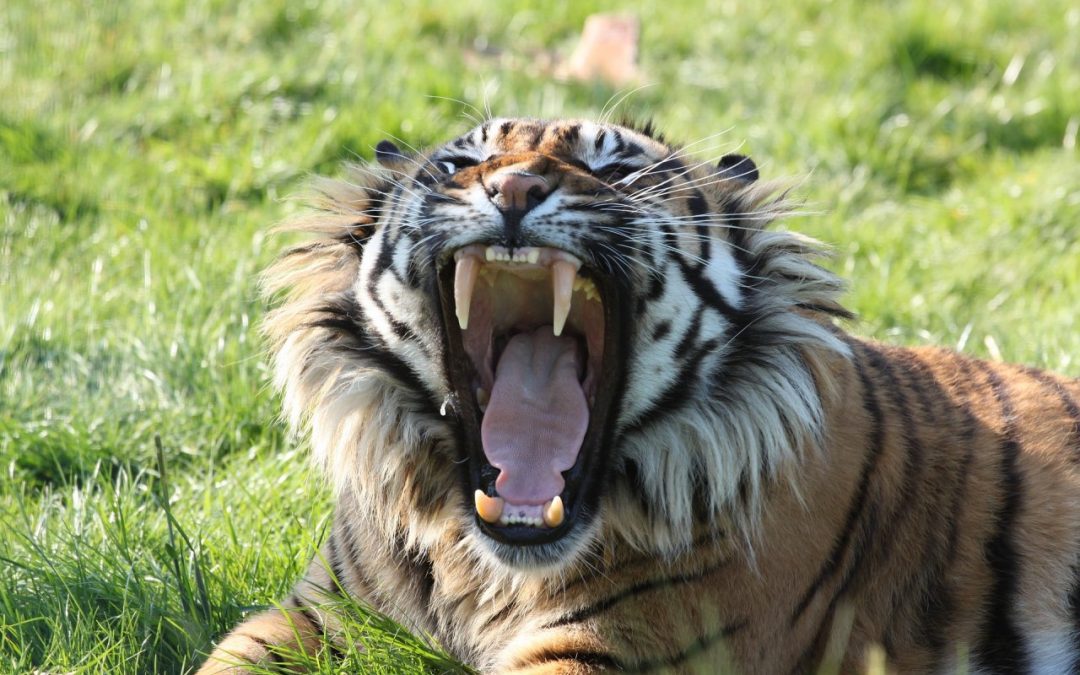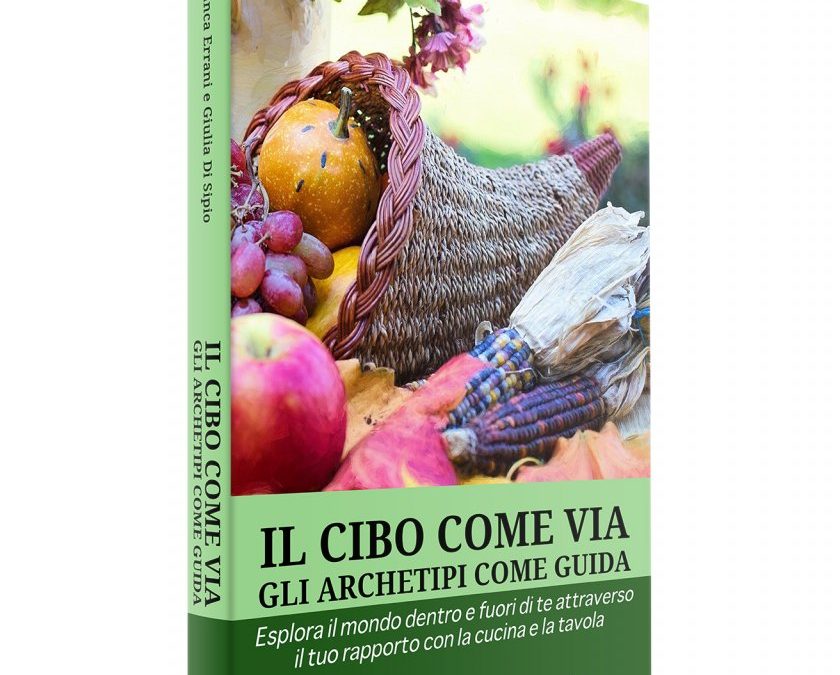Gods and Goddesses were called, in the ancient times, “oi aei ontes”, that means, “The ones who live forever”. They live forever in our psyche, as they are the archetypes that move us human beings, and myths are the way to speak with them. “Once upon a time”… myths bring the wonder that humans felt in front of mountains, fonts, trees, caves, clouds…
… the mystery of a rock emerging from the sea or of a peak touching the sky. The life of humans, in the ancient times, was filled with the presence of gods.
Myths have a structure that is similar to the Labyrinth: legends ramify in multiple variations, and then came back to the main river (today the quantum physics speaks of “parallel universes”…).
Myths are not fairy-tales: the “happy end” is not granted; the hero is enhanced and ruined; there are blessing, destruction, exile, normality… everything is fluid and the destiny of the hero is not rigid. Coincidences are part of the myth – in modern times, Jung and Pauli studied together the phenomenon of synchronicity.
The poetic language of myths trains our mind to accept multiplicity, to be independent from the modern principle of non-contradiction and exclusivity, to stand between opposites.
The heaviest fault (blame) for a man, in Greek mythology, was “hubris”, that is, the arrogance that ignores the difference, the limits between humans and gods. (In modern times, we speak of “psychic inflation”…).
For all these reasons and many others, myths do not loose their generative energy, vitality and power with time: if you read the modern short novel “Asterione” from L. Borges, you can feel how the modern writer is into the myth and offers us a “variation” that for centuries was waited for!
The myth of the Labyrinth and the Minotaur is the most famous and popular of antiquity. The “secret” – the “thing” that lays in the obscurity – maybe monster, maybe treasure, maybe both: the union of innocence, sadness, animality.
Crete is the island where these ancient events took place – and in the eternal present they still are triggering our fantasies, fears, thoughts and dreams – as we feel in us both the Minotaur and the solar hero Theseus. The legend is well known… But, what happened after? How does this myth continue, evolve, which are the variants and the possibilities emerging from this story? And particularly, what happens to Ariadne, “Aridela the purest ” in the Cretan language?
When Theseus leaves Crete with her, he stops at Naxos island and there something happens. As usual there are variations here, new ramifications for us to follow and understand. In one version of the myth, Theseus escapes leaving Ariadne alone and desperate; after a while the god Dionysos comes and marries her. In another variant, Dionysus loves already Aridela and wants her to become his spouse, so he obliges Theseus to leave…
Theseus is the “solar” hero, the rational one. Dionysos is the god of ecstasy and craziness, of dance and sexuality. He is strongly linked to Crete, too: it was in one Cretan cave that the young god, hidden by his father Zeus ( to save him from the terrible revenges of his wife Hera), was fragmented in pieces. Ariadne, the “Lady of the Labyrinth” is the feminine side of the psyche, and it is in contact with both. Which is the sphere of her dominium? In the ancient times, she was one of the Moon goddesses, connected with Persephone and the Underworld.
Through the big myths of ancient Greece we start to recognize the myths living in our lives…





0 commenti